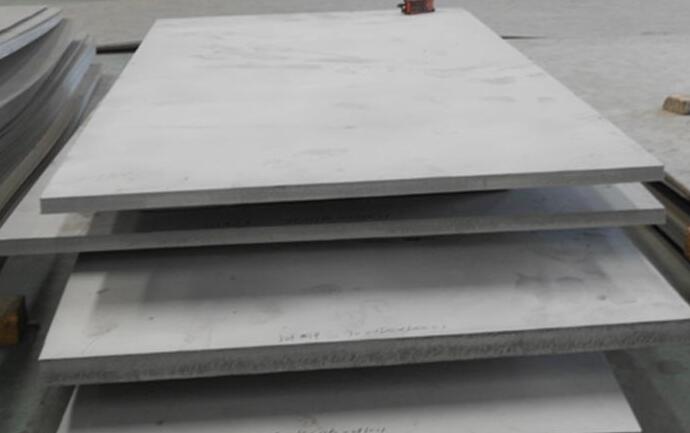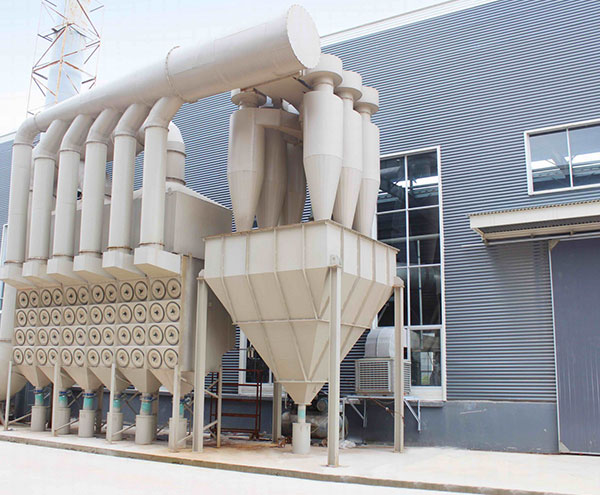So you are looking for the differences between duplex stainless steel and 316 stainless steel. Before gaining knowledge about these steels, the user or seeker should know what stainless steel is and why it comes in different types? Stainless steel is a general term for the steel used for its corrosion resistance. There are many differences in its types, but the similarities of each stainless steel include a small amount of chromium. Stainless steels are classified as ferritic, martensitic, austenitic and duplex. As we consider duplex stainless steel and 316 stainless steel in this article, both have their specific qualities. This is the reason why both are widely used in different industries.

This stainless steel is an austenitic stainless steel. 316 stainless steel is known for its 2 to 3% molybdenum content. Molybdenum is what makes the metal stronger or resistant to corrosion and high temperatures.
Duplex stainless steel contains a two-phase microstructure consisting of ferrite and austenitic stainless steel grains. Due to its ability to cool to room temperature, half of the ferrite grains are converted to austenite grains. When the duplex steel begins to melt, it solidifies from the liquid state into the ferrite phase.
Duplex alloys offer greater resistance to chloride stress corrosion cracking than 316 stainless steel.
Duplex steel is stronger than austenitic or 316 stainless steel. It can also be formed under pressure and offers excellent cold resistance.
The lower molybdenum and nickel content of duplex stainless steel makes it inexpensive or economical.
Another difference between duplex stainless steel and 316 stainless steel is that austenitic, or 316 stainless steel, contains 18% chromium and 8% nickel, while duplex stainless steel contains 18-28% chromium and 4.5-8% nickel.

Stainless steel is one of the most important metals and has many beneficial properties for the power and energy industries. Among all the qualities, the corrosion resistance of stainless steel is highly desired by the sector in any environment. Another of stainless steel's most useful abilities in the power and energy sector is when dealing with electrical components; it can transfer heat, whether at high temperatures or extreme pressures. It is being used from the traditional coal industry to the renewable energy industry. This is the reason why stainless steel is known as pressure tubes, transformer housings, heat exchangers, etc.
For more information on the different types of stainless steel, please contact us.